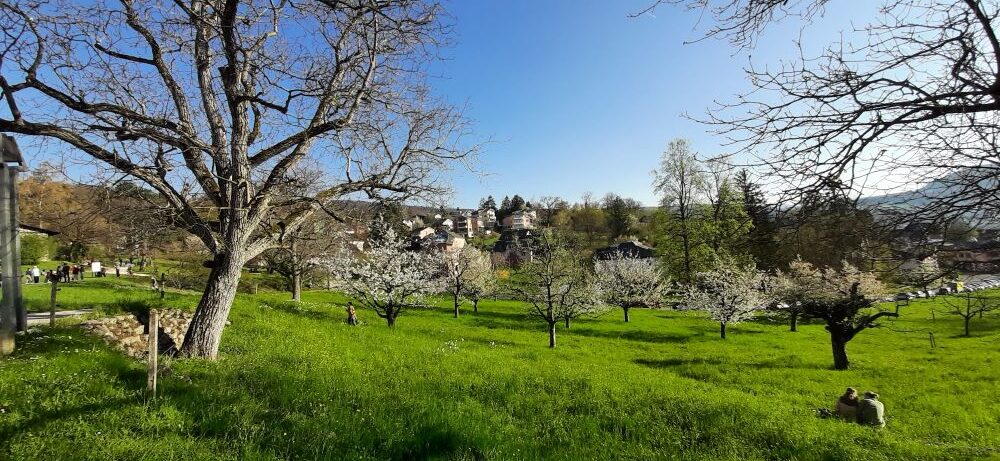Author: Maarten Koning
Balsthal, Alt- and Neu-Falkenstein and the Inns
The first inhabitants of Balsthal (Canton of Solothurn), the Celts, lived on the Holzfluh about 4,000 years ago. In Roman times, the fastest road connection from Aventicum (Avenches) to Augusta Raurica (Kaiseraugst) passed through Balsthal.
After the Christianisation of the Alemanni in the 5th and 6th centuries, the prince-bishops of Basel ruled the region for many centuries. They built the castles Alt- and Neu-Falkenstein.



Neu-Falkenstein
Solothurn acquired Balsthal in 1402. The Bailiffs and other officials lived and worked in the two castles. Balsthal was the gateway to the pass over the Hauenstein and several large inns and businesses flourished. Their premises still characterise the village today.
(Source: www. balsthal.ch).
The Goetheanum in Dornach
Rudolf Steiner (1861-1925), founder of the anthroposophical movement, took the initiative to construct the Goetheanum in Dornach, named after Johann Wolfgang von Goethe (1749-1832). Steiner admired Goethe.

The first building was built around 1914
The first building of the Goetheanum burned down in 1923. The present-day complex was completed in 1928. The large dome reflects the spirit of the times. Modern, Art Deco, organic forms and surrealism, symbolism, paintings and sculpture with the evolution of mankind and the (spiritual) development of people as a motif.

The Goetheanum today
Many other monumental buildings were erected after 1928. The Heizhaus, Verlagshaus, Glashaus, Haus Kirchner, Haus Duldeck, Haus Moser, Haus Rust, Haus Ranzenberger, Haus Jevskeenko, Rudolf Steiner Halde, Haus de Jaager are just a few of the approximately 180 monumental buildings in Dornach and Arlesheim.









(Source and further information: www. Architekturpfad.ch).










Rudolf Steiner and his first design of the Goetheanum. Exposition Goetheanum

Rudolf Steiner Schule St. Gall



